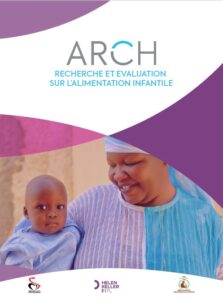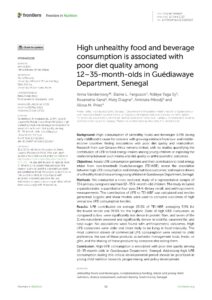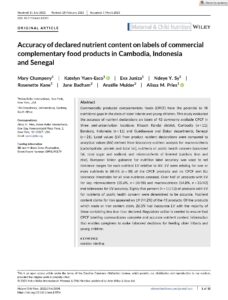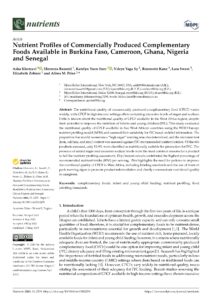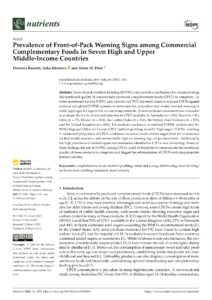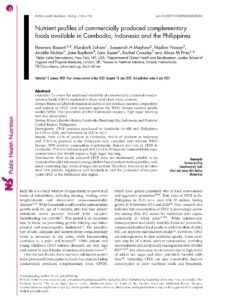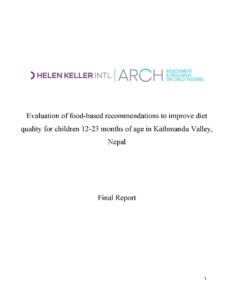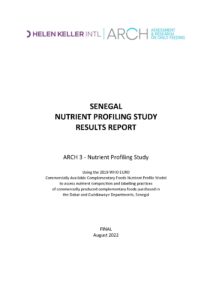Resource: ARCH in Senegal: Project Summary (in French)
From 2012-2023, ARCH worked in Senegal to generate evidence and strengthen policies that promote optimal infant and young child nutrition. Policy and programmatic achievements are described in the series of briefs below. Brief 1: Study of commercially produced complementary food (CPCF) labelling practices Brief 2: Study of the promotion of foods for infants and young…

